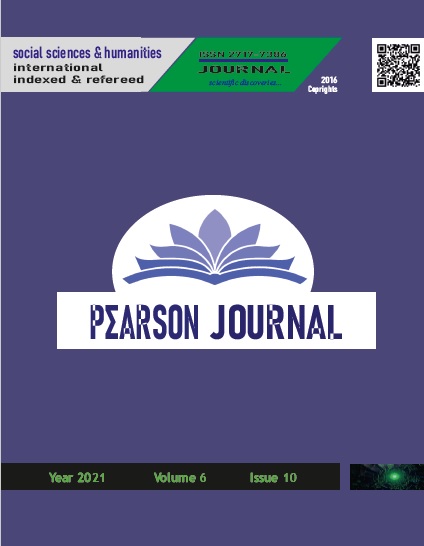PARADOX OF PARADIGM IN ANCIENT GREEK CLASSICAL PERIOD RELIGIOUS ARCHITECTURE: THE DESIRE OF COPY IN PRODUCTION OF THE MODEL
DOI:
https://doi.org/10.46872/pj.207Anahtar Kelimeler:
Yunan Mimarlığı, Dinsel Mimarlık, Antik Klasik Dönem, Model, Kopya, İktinosÖzet
Dairesel form, kültürel-mimari etkileşim süreci ve etkileşim yönü açısından "model-kopya-model" döngüsü için bir metafor olarak kullanılabilecek bir biçim-terimdir. Bu model-kopya döngüsünün kavramsal üretimi, makalenin ana argümanıdır. Bassae Apollon tapınağı, mimari düzen, plan tipolojisi, oran sistemi, kısa ve uzun dış sütun sayıları ve oranlar sistemi gibi kütle için öne çıkan parametrelerde Delphoi. Apollon tapınağının Arkaik evresinin bir kopyasıdır. Mimari etkileşim açısından bu noktaya kadar model-kopya ilişkisi açısından özel bir durum yoktur. Mimari süreklilik ve etkileşim kavramları, mimarlık tarihinin doğal öğeleridir. Ancak Delphoi-Bassae kültürel uzamları arasındaki mimari ilişkide çok özel bir mimari fenomen ortaya çıkmıştır. Delphoi tapınağının Arkaik evresi yıkıldıktan sonra tapınağın ikinci evresi MÖ 4. yüzyılda inşa edilmiştir. İşte bu inşa sırasında, İktinos tarafından Delphoi tapınağının Arkaik evresi model alınarak inşa edilen Klasik Dönem Bassae Apollon tapınağı, bu kez Delphoi tapınağının Geç Klasik evresine "model" olmuştur. Antik Yunan dini mimarisinde, iki farklı mekânla ilişkili olarak böyle bir olguya bir kez daha rastlanmamıştır.



